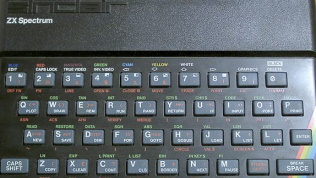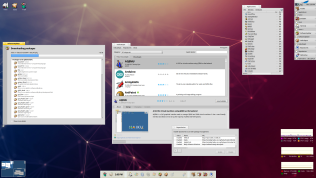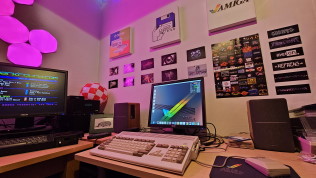Featured articles
DevOps for the Sinclair Spectrum! A series of articles exploring a modern development environment for the classic 8-bit 1980s home computer
Haiku Package Management: A tour of the unique package management capabilities of the alternative Haiku Operating System
Amiga Systems Programming in 2023: A look at developing, packaging and distributing software for AmigaOS and derivatives
Recent Posts
Gig
Just looking through some old videos and found this footage of me going off on one at our gig in February earlier this year, before the pandemic had really hit in the UK.
Migration to Kubernetes
Well, that went better than expected :)
Back To The Floppy
A few months ago, reading the news about Linux dropping support for floppy disks set off a whole bunch of memories and emotions around this long obsolete and “dead” data storage format. I hadn’t thought about or used floppy disks for around 20 odd years now, at some point I must have copied my last disk but I honestly can’t remember what it was or when. The floppy disk was one of those rare things that became part of my everyday life like my keys or school pencil-case. It...
Monitor upgrade for the A1200
When the Amiga was introduced in the mid 80s, pretty much all displays available to consumers were 4:3 ratio TVs, and you plugged your computer into your TV via a RF modulator box. Later, dedicated monitors like the Phillips 8833 Mk2 (which I originally had as a teenager in the 90s) became available and these offered a much improved, sharper image but were still in the 4:3 ratio as this is what the native Amiga, PC and gaming console screenmodes had been designed around.
My OS4 Development Environment
It’s been a busy few months here, but I’ve still found time to enjoy my Amiga systems. I’ve been grabbing the odd hour here and there to continue my efforts setting up an Amiga development environment and “dip my toe in the water” again. My setcmd utility is progressing nicely and I’ve learned a lot about the tools like AmigaGuide and the Installer that I used on my A1200 back in the day. I thought since it’s been a while, I’d write a quick “brain dump” post and cover two ...



